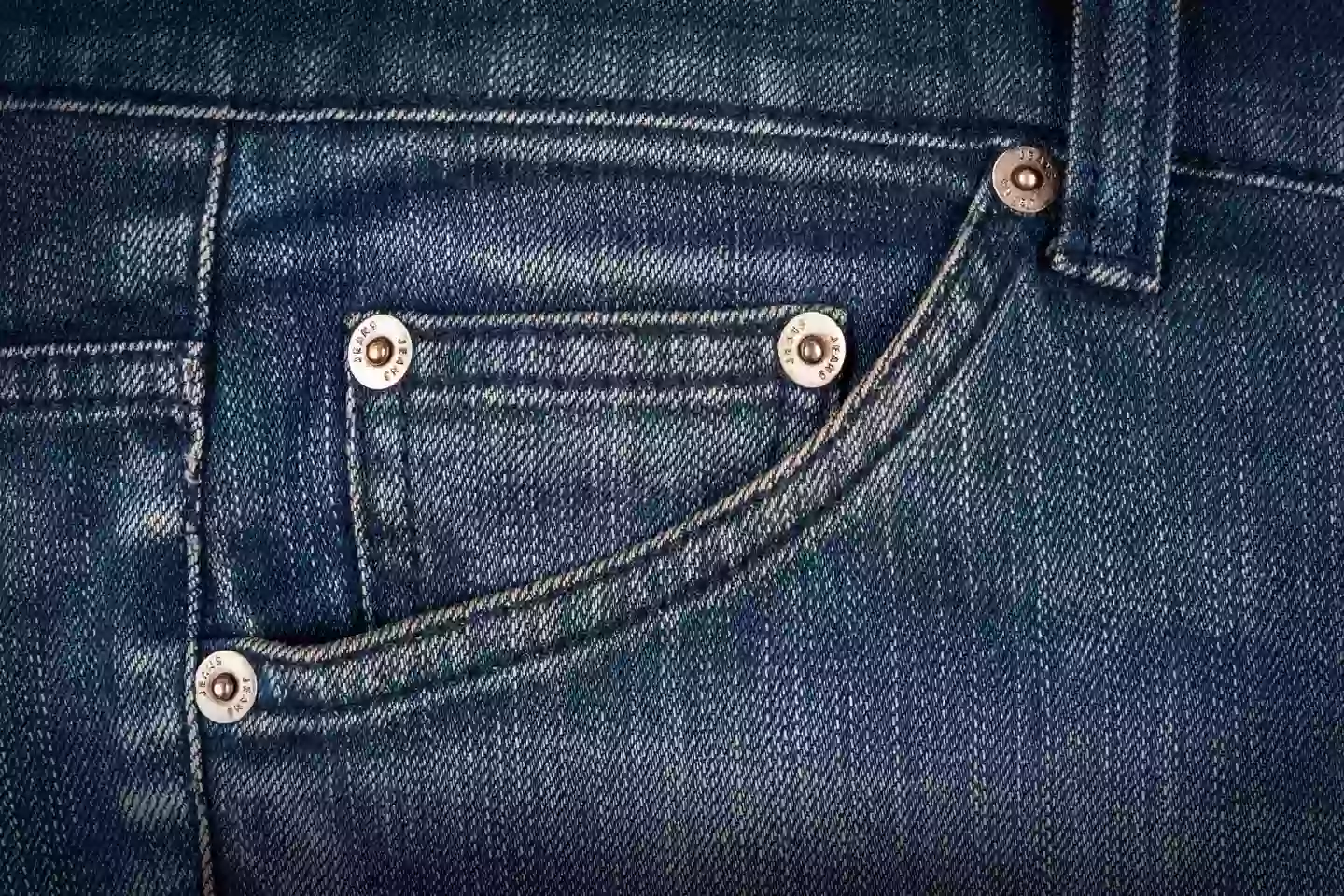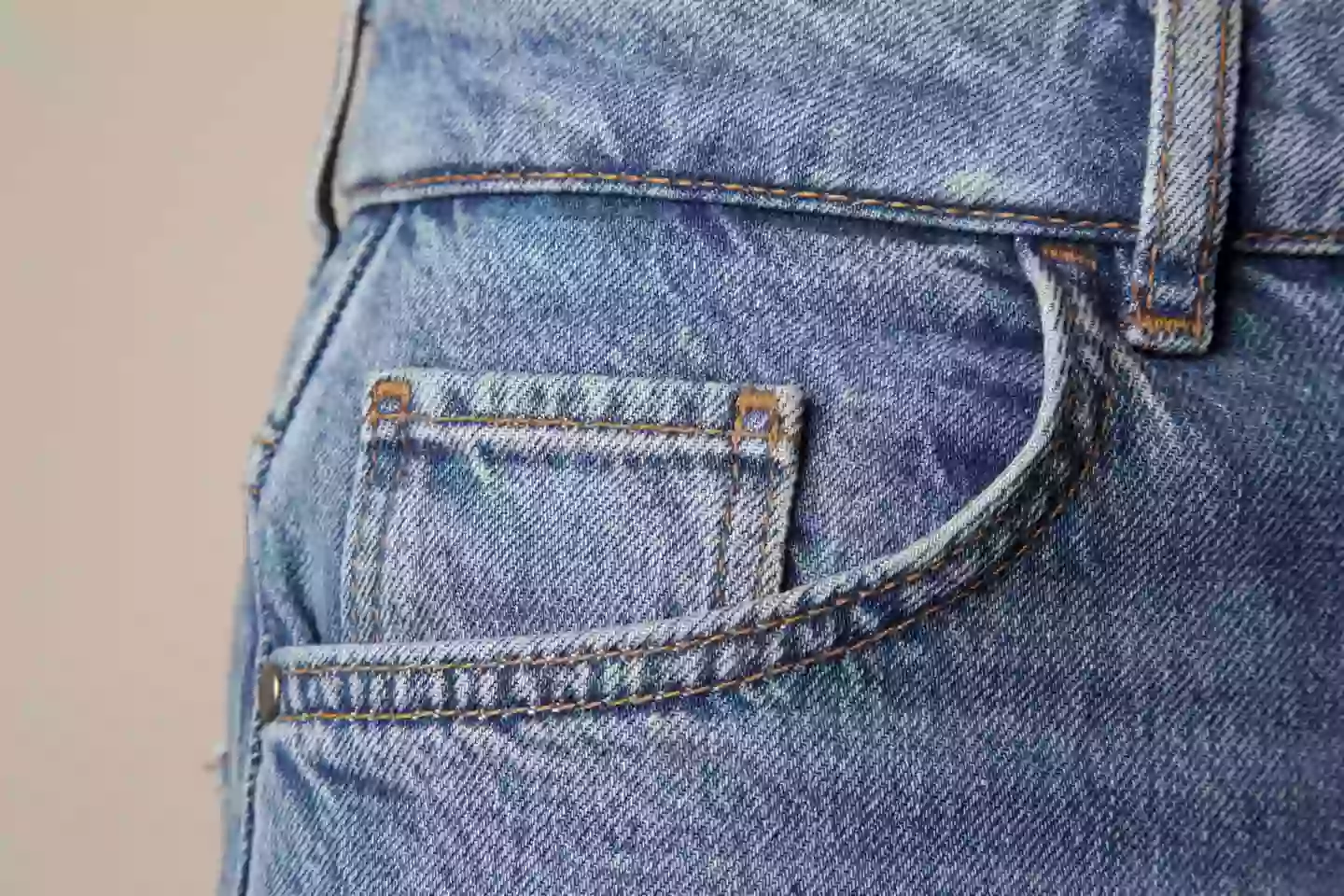Have you ever been curious about the purpose of the tiny pockets in jeans? Today, you’ll discover their original function.
Although many people today use these small pockets for storing loose change or other minor items, that’s not what they were initially intended for.
These pockets are typically located within the larger front pocket of jeans, sparking various theories over time.
On Twitter, users have speculated about the purpose of this pocket, with one suggesting: “To hide money so you’ll forget about it and remember when you are broke.”

Another mentioned: “Mom used to say ‘A quarter for the phone’.”
The design of these tiny pockets dates back to the 1870s, coinciding with the creation of the first pair of jeans in 1873. They were originally meant for an item not commonly used today.
These pockets were designed to hold pocket watches, which were small clocks set within metal cases that were popular at the time.
These days, we don’t generally use pocket watches, as modern screens provide the time. Though wristwatches were available back then, they only gained popularity in the 20th century, making pocket watches the preferred choice for telling time back in the day.
Tracey Panek, a historian with Levi Strauss & Co, the original jeans manufacturer, elaborated on this in a conversation with Insider.
Panek explained: “The oldest pair of waist overalls in the Levi Strauss & Co. Archives (from 1879) include the watch pocket. Our 19th-century overalls had a single back pocket on the right side of the pant beneath the leather patch.”
Waist overalls was the initial term for the blue jeans Levi Strauss & Co introduced in 1873.
Despite the decline in the use of pocket watches, there is a specific reason why Levi jeans continue to feature these small pockets.
Panek noted: “One interesting fact about the watch pocket is that during WWII the two corner rivets were removed as a way to conserve metal for the war effort.”
She further explained: “The rivets returned to the watch pocket after the war. It was riveted in the top two corners and included our recognizable arch design, called the Arcuate, stitched with a single needle sewing machine.”

“The watch pocket was an original element of our blue jeans, like the rivets on our pockets, button fly, arched back pocket stitching and leather patch,” Panek stated.
She continued: “To preserve the integrity of the early design, Levi Strauss & Co. maintains the watch pocket.”
According to the Levi’s website, she added: “This cinch-free blue jean with the uniform look of the Arcuate, a contrast to previous years when the single-needle application made each Arcuate design unique, was the blue jean of the future and you can still see it in our 501 jeans more than 70 years later.”
“Levi’s emerged from World War II as fresh, modern, and uniformly manufactured.”
“And with a distribution that now spanned oceans, it was well on its way to becoming the world’s ubiquitous global garment that it is today.”

